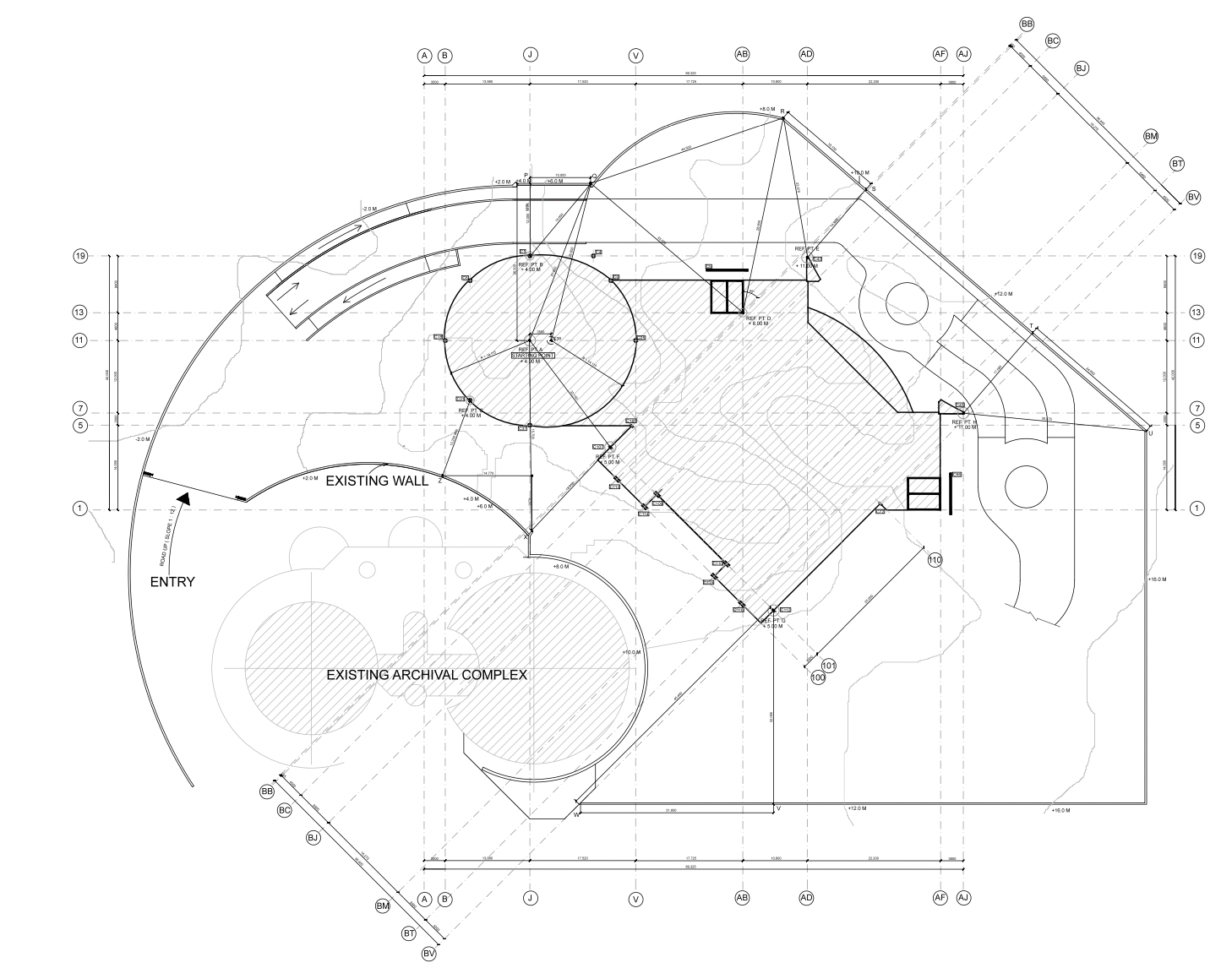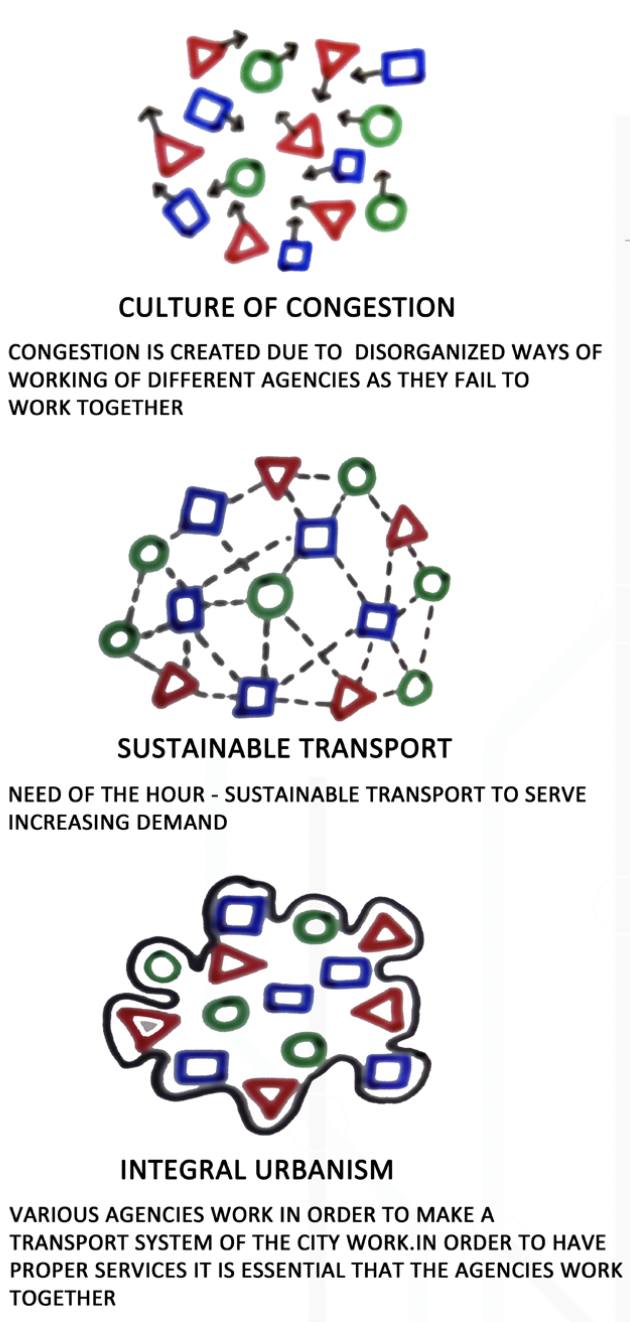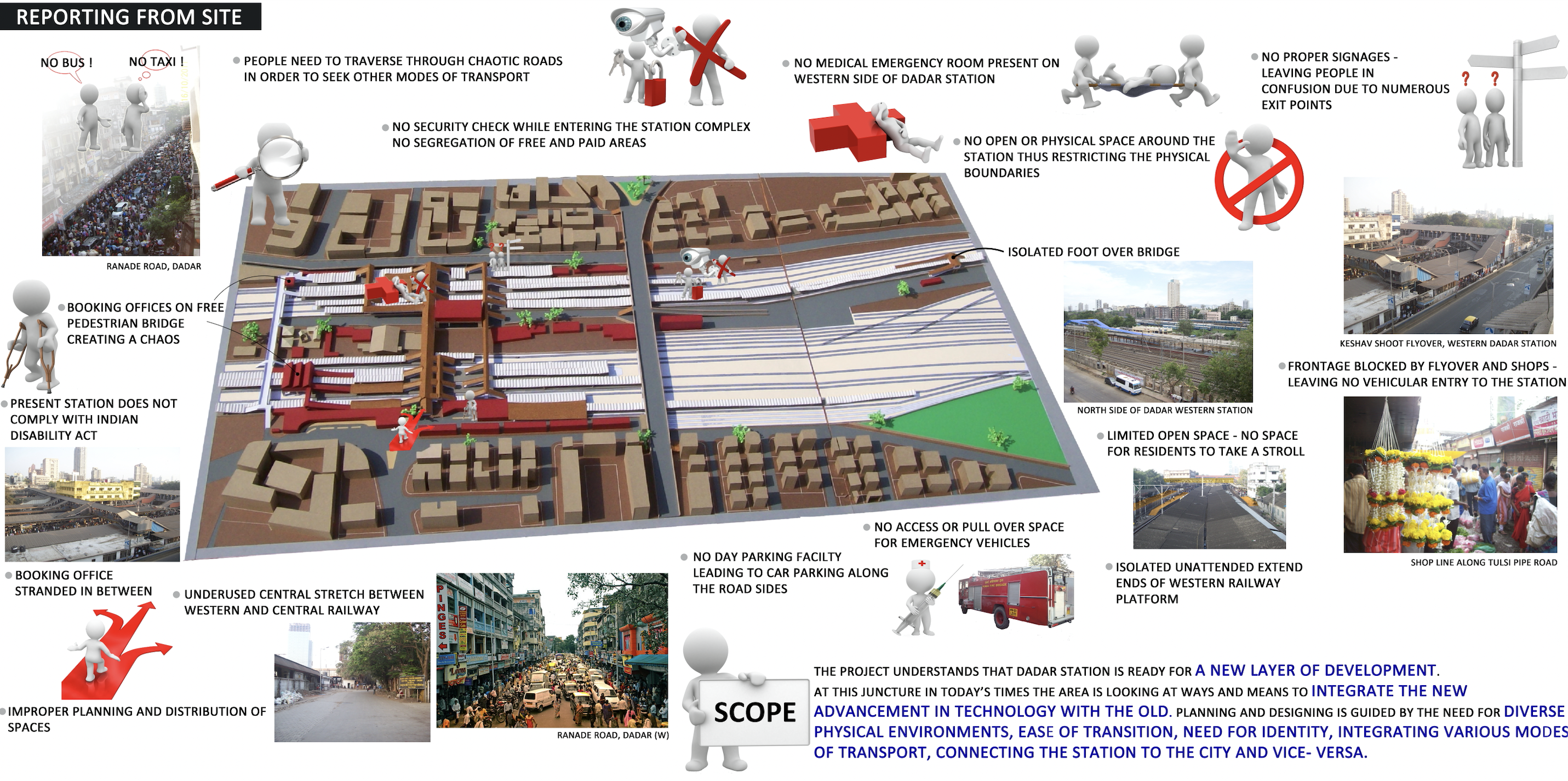2011-12













Working Drawing Studio / Convention Centre







Thesis / Multi Modal Transit Hub
Revitalising Dadar Station Precinct
![]()
Revitalising Dadar Station Precinct

In an
age where the terms “sustainability” and “green” have become catchphrases for
discussion there is the opportunity to create an infrastructure that
reinvestigates the attitude and lifestyle of the everyday traveller. In
the past century, distance travelled each day by the average person has grown a
clear result of the technology of transportation and the speed of mobility.
But, as society and cities develop at an exponential rate, the technology of
speed grew linearly (for common travel methods) resulting in a society now at a
greater distance from home to work. Mumbai being a north - south linear city,
railway corridor is the shortest travel distance.
People living in suburbs and extended suburbs of mumbai, rarely see their houses in daylight, they leave home when their kids are still asleep and travel to their work destination. These extreme commuters, spend at least a month of their lives each year travelling a minimum of an hour-and-a-half to work and back. This is what economists call “ the commuting paradox " Most people travel long distances with the idea that they'll accept the burden for something better, be it a house, salary, or school. People usually overestimate the value of the things they'll obtain by commuting -- more money, more material goods, more prestige -- and underestimate the benefit of what they are losing: social connections, hobbies, and health.
The current transportation techniques are inefficient and harmful to both said environments (environment and human). Pedestrians are neglected because they make no noise. They go quietly finding their ways in prevailing chaos. At city level, each and every resident is a pedestrian but treated as neglected road user. Ultimately a more interrelated or connected transportation system is needed. It has been noticed that various stake holders in transport industries are operating independently. Transition between various modes of transport can provide seamless travel and can be accommodated in a hub. Architectural and urban planners have to design a hub forming integrated system of urban public space. Transport facilities should reflect the changing image of the neighborhood it serves. Transit spaces have to fill up voids created by absence of plazas, city squares, diminishing garden areas, etc. If it is truly beneficial to have an integrated society or the idea of the city being the melting pot, then it must create urban spaces that integrate people. Integrated urban spaces enhance social learning, personal development and exchange of information, yet unfortunately it has been an increasing trend of more fragmented and segregated urban spaces.
Society lacks social interaction/understanding, the city influences society, urban spaces affect cities, transportation infrastructure hub can create urban spaces.
![]()
People living in suburbs and extended suburbs of mumbai, rarely see their houses in daylight, they leave home when their kids are still asleep and travel to their work destination. These extreme commuters, spend at least a month of their lives each year travelling a minimum of an hour-and-a-half to work and back. This is what economists call “ the commuting paradox " Most people travel long distances with the idea that they'll accept the burden for something better, be it a house, salary, or school. People usually overestimate the value of the things they'll obtain by commuting -- more money, more material goods, more prestige -- and underestimate the benefit of what they are losing: social connections, hobbies, and health.
The current transportation techniques are inefficient and harmful to both said environments (environment and human). Pedestrians are neglected because they make no noise. They go quietly finding their ways in prevailing chaos. At city level, each and every resident is a pedestrian but treated as neglected road user. Ultimately a more interrelated or connected transportation system is needed. It has been noticed that various stake holders in transport industries are operating independently. Transition between various modes of transport can provide seamless travel and can be accommodated in a hub. Architectural and urban planners have to design a hub forming integrated system of urban public space. Transport facilities should reflect the changing image of the neighborhood it serves. Transit spaces have to fill up voids created by absence of plazas, city squares, diminishing garden areas, etc. If it is truly beneficial to have an integrated society or the idea of the city being the melting pot, then it must create urban spaces that integrate people. Integrated urban spaces enhance social learning, personal development and exchange of information, yet unfortunately it has been an increasing trend of more fragmented and segregated urban spaces.
Society lacks social interaction/understanding, the city influences society, urban spaces affect cities, transportation infrastructure hub can create urban spaces.
